November is Native American Heritage Month, providing an opportunity to celebrate rich and diverse cultures, traditions, and histories while acknowledging the significant contributions of Native American people. It is also a time to educate the community about Native American tribes, raising general awareness about the unique challenges they have faced historically and in the present, and highlighting how tribal citizens have worked to overcome these challenges. With the assistance of the Fallon Paiute Shoshone Tribe (FPST), all ChurchillCSD schools hosted assemblies that included insights into Native American history, traditions, heritage, and culture. They also featured a dance and drum group at each school, performing for both students and staff.
Lisa Bedoy, Director of the FPST Community Learning Center (CLC), expressed support for the collaboration with ChurchillCSD, stating, “It was a pleasure collaborating and working with the Churchill County School District Title VI program to bring in our Native American Heritage Assemblies at the schools. It was great to be able to have the Fallon Paiute Shoshone Tribe share and show their culture with the community and students, while also hearing encouraging and inspiring words from our Chairwoman, Cathi Tuni. The staff at the Community Learning Center, Adrian Tom, Leona Mineard, Letisha Yellowhawk, and Austin Littlen worked extremely hard to make everything possible. I am truly blessed to have them as my team.”
Native Americans have been playing the drum for thousands of years and continue to do so today. The drum holds significant cultural importance, believed to resemble the heartbeat of Mother Earth. Dance is also a central tradition in Native American culture, with performances at schools showcasing the Jingle dance, Women's Traditional dance, Men’s Traditional Warrior dance, and the Fancy dance. Each dance carries profound meaning and cultural relevance, from footwork to arm movements to attire.
The Jingle Dance is a healing dance, with dresses adorned with metal cones made from chewing tobacco can lids. Leona Mineard, FPST CLC Specialist and dancer, explained, “The dancer's footwork is to bounce light on her feet so the motion of the jingle will click in a rustling, rhythmic sound.”
The Women’s Traditional dance, representing dignity and grace, requires the feet never to completely leave the ground, symbolizing the connection of women to Mother Earth. Leona Mineard elaborated, “The fringe on the sleeves must be kept in constant motion, sweeping in large arcs, symbolizing the long times that the women, children, and elders would have to spend waiting when the men went away to hunt or to battle.”
The traditional Men's Warrior dance, typically performed by a male elder with eagle feathers, signifies a dancer’s relationship with nature and connection to the Great Spirit. Leona Mineard noted, “The bustles and other regalia are symbolic of a dancer’s relationship with nature and connection to the Great Spirit.”
The Fancy dance represents the opening of the cocoon when the butterfly emerges. Leona Mineard described, “During this fast-paced dance, the ladies and girls are jumping and spinning around on their tiptoes, mimicking the butterfly in flight while also being graceful and light on their feet.”
FPST Elder, community member, and storyteller Ray Allen shared stories with the students, emphasizing the importance of storytelling in Native American culture. Adrian Tom, FPST CLC Education Specialist, explained, “Back in the day when there were no cell phones or television, this was considered a form of entertainment. The stories were often told by our elders, and they would add song and drums to make them even more entertaining.”
One story recounted by Elder Allen involved his grandmother singing a song during wagon travels in the mountains. The song, sung over generations, was accompanied by the wind blowing through the pine trees, creating a captivating scene. Another story illustrated the consequences of the curious coyote opening a bag of magic dust, resulting in the abundance of non-edible vegetation in the West.
Elder Allen expressed gratitude, saying, “I want to thank Churchill County School District for inviting me to share my culture. I am looking forward to next year’s assemblies.”
Native American Heritage Month serves as a small yet crucial part of educating students, staff, and the community about Native American heritage and culture. Churchill County High School 11th-grade student Kailey Mineard shared, “It was a great opportunity to show the students my culture; I feel proud to be Native American.” Scarlett Austin from Numa Elementary School added, “It was fun sharing my culture with the students. I think they learned a lot and liked our dances.”
ChurchillCSD collaborates closely with the FPST CLC staff, running a Title VI Indian Education program for Native American students. Kathryn Bervin-Muller, ChurchillCSD Director of Learning and Innovation, emphasized, “It is our priority to work with the FPST to honor the profound impact Native Americans continue to have in shaping our community and to ensure we are doing what is best for their students and their families so they can learn, thrive, grow, and succeed.”
Tribal Chairwoman and former ChurchillCSD Educator, Catherine Tuni, highlighted the importance of the community partnership, stating, “As Tribal Councilwoman, I support the continued relationship with the Fallon Paiute Shoshone Tribe and ChurchillCSD. I went to school and graduated from the district, and my family members also attended. It is important to see these events come back. We look forward to improving our students’ growth in educational and cultural experiences through our Title VI educational and cultural activities.”
Check out Facebook for larger images with descriptions.

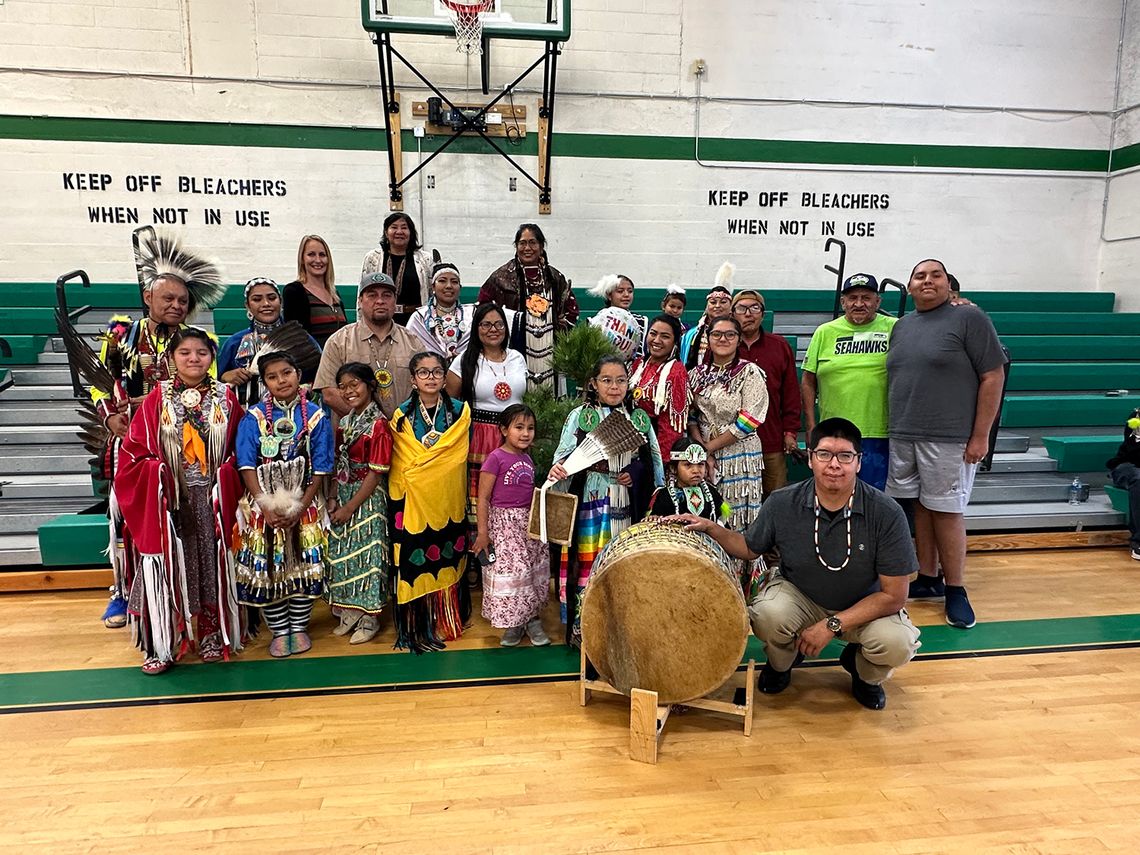
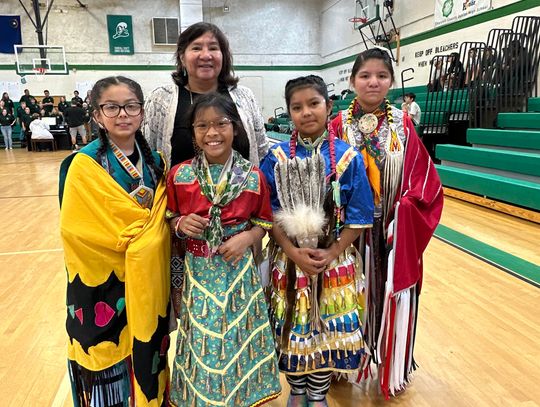
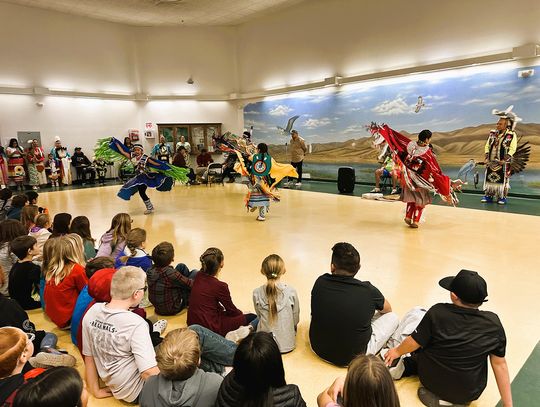
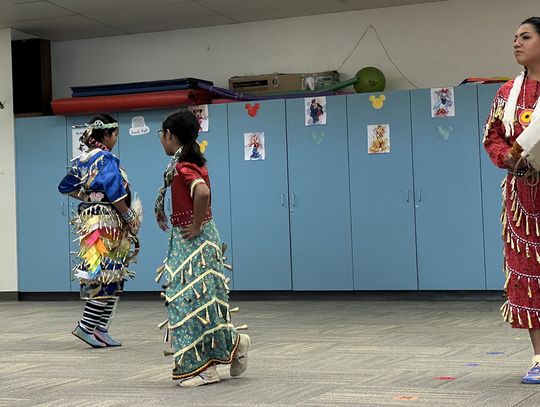
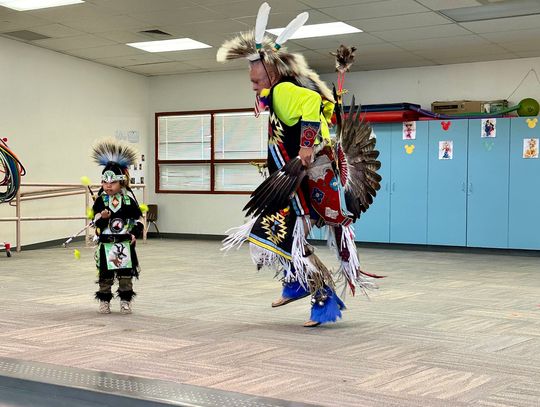
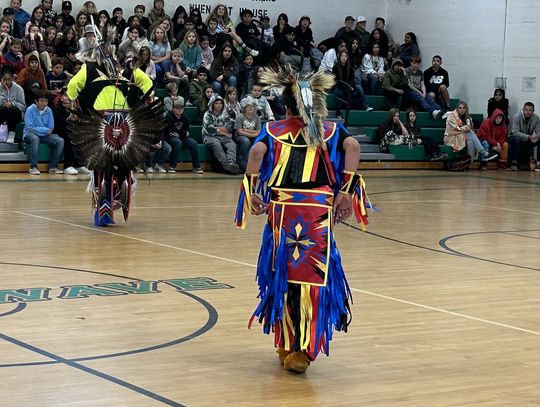
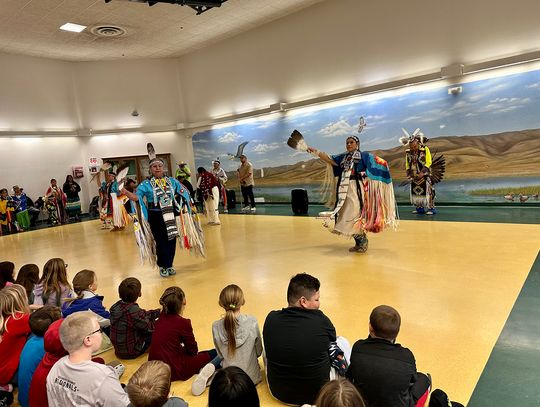
































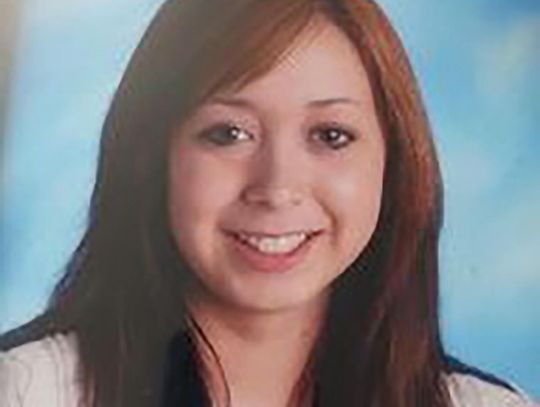
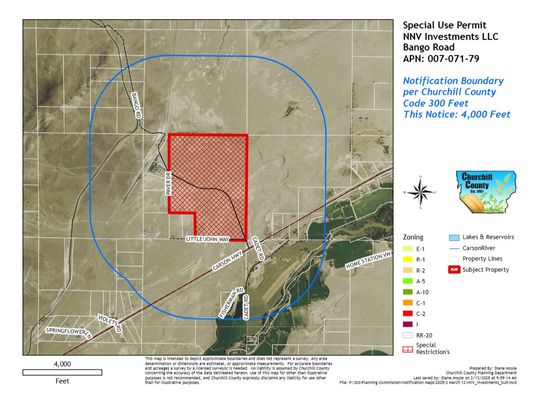
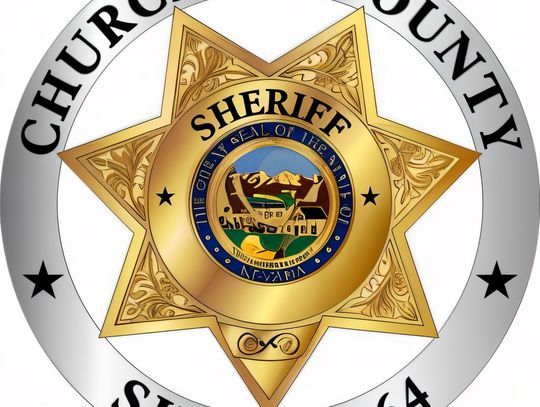
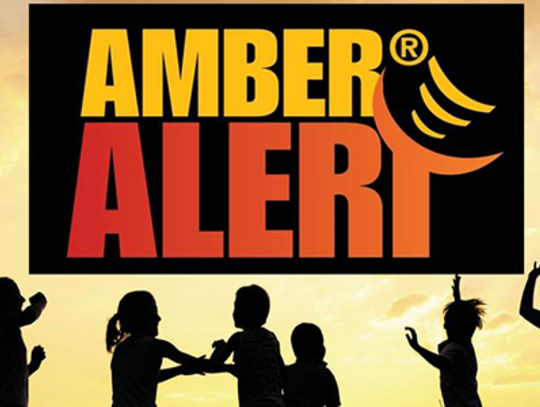
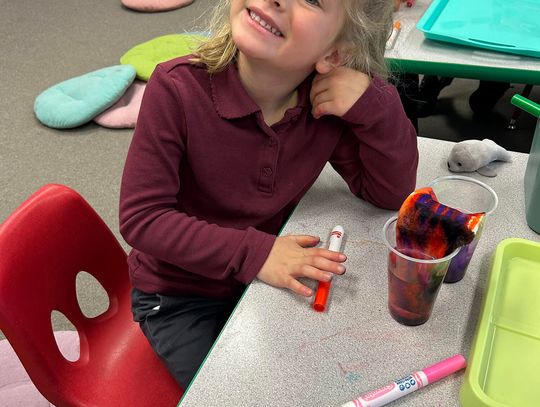


Comment
Comments